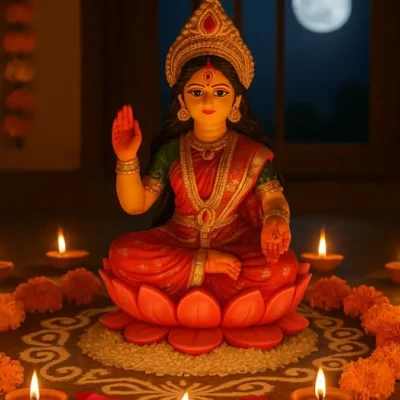Alappuzha Haripad Mannarasala Sree Nagaraja Temple – Kerala

Address
Alappuzha Haripad Mannarasala Sree Nagaraja Temple – Kerala
Mannarasala P.O, Haripad,
Kerala 690514
Moolavar
Sree Nagaraja
Introduction
Introduction:
- Located in Haripad, Alappuzha district, Kerala.
- Dedicated to Nagaraja, the serpent king, and is one of the largest serpent god temples in Kerala.
- Over 100,000 serpent idols are placed throughout the temple grounds.
- Famous for fertility-related blessings; couples offer thanksgiving ceremonies upon the birth of children, often gifting snake idols.
- The temple has a special turmeric paste with curative properties.
- Believed to be over 1000-2000 years old.
Puranic Significance:
- Linked to the legend of Lord Parashurama, the creator of Kerala.
- Parashurama reclaimed Kerala from the sea using his axe to propitiate Varuna and rid himself of the sin of killing Kshatriyas.
- The land was initially uninhabitable due to salinity and poisonous snakes, leading to the initiation of snake worship.
- Parashurama performed penance to appease Nagaraja, the serpent god, to spread his poison and purify the land.
- Nagaraja blessed the land, making it fertile and habitable.
- Parashurama installed the idol of Nagaraja and other serpent deities in the temple.
- The temple became a center for the worship of Nagaraja, Anantha, Vasuki, Sarpayakshi, Nagayakshi, and Nagachamundi.
Festivals:
- Ayilyam Festival:
- Celebrated during the Ayilyam star in Kanni and Thulam months (September-October).
- Serpent idols are taken in procession to the Brahmin Illom (family house).
- Offerings like Nurum Palum (rice flour and milk), Kuruthi (red turmeric liquid), and cooked rice are made.
- The matriarch of the Mannarasala Illom carries the idol of Nagaraja during the procession.
- The festival is marked by great pomp, devotion, and joy.
Significance:
- Mannarasala is considered a major pilgrimage center for devotees of serpent gods.
- Known for its serene, spiritual atmosphere and healing energy.
- Attracts a large number of devotees seeking blessings for fertility, health, and prosperity.








Century/Period
1000 -2000 Years old
Managed By
Government of Kerala
Nearest Bus Station
Haripad
Nearest Railway Station
Haripad Station
Nearest Airport
Cochin









